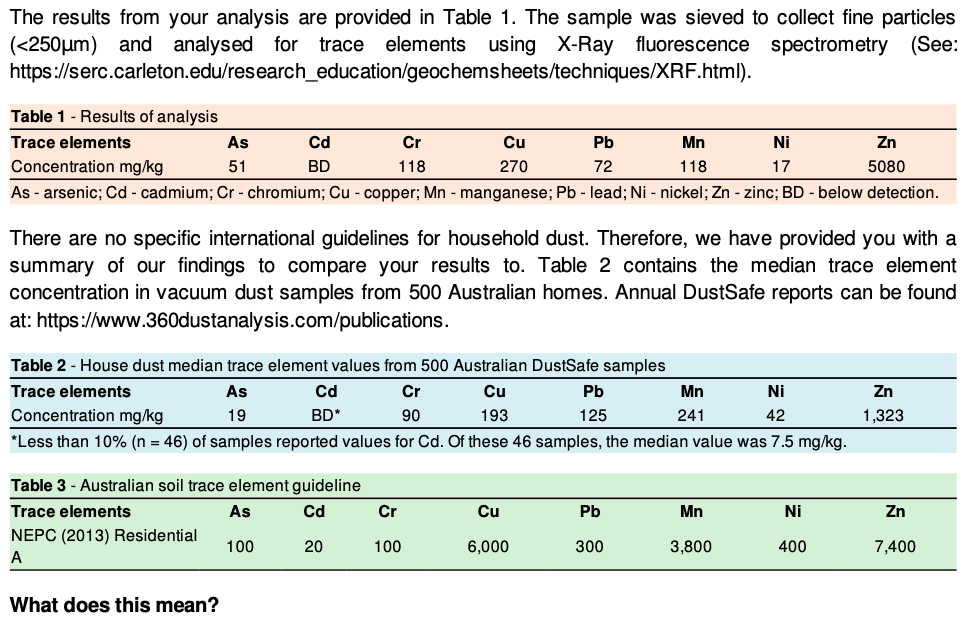A healthy home for a healthy life

There’s been a lot of talk in the media lately about our environment - our changing climate, the impact of wastes and plastics and so on. There are many things we can do to help our environment - re-using products, limiting our personal waste, recycling/repurposing, planting trees, having green space around us etc. What about our homes? How does this impact our health?
Cleaning
Considering what we expose ourselves to starts with cleaning products we use on our skin and in our home. Harsh chemicals often contain volatile elements - that strong odour - which can really mess with our body causing headaches, changing our hormones, and even gastrointestional upset.
Using more natural products to clean our homes, such as bi-carb soda, white vinegar, essentail oils (tea tree, eucalyptus, lavendar all have antiseptic properties similar to bleach but without the chemical side effects), can positively impact our health and our wallet.
For our skin, avoiding synthetic chemicals such as fragrances, SLS, PEG, phthalates, parabins, formaldehyde etc and looking at more natural skin care products such as rosehip, olive, or other natural oils, essential oils and more can really help. This is especially so if you suffer from hormonal imbalances such as PCOS or endometriosis.
Plastics
Plastics not only have a limited lifespan and questionable recycling value (although this does appear to be improving), they can also be polluting for our bodies. Plastics contain chemicals that can leach into whatever is stored in them leading to health impacts such as reducing fertility, altering thyroid function, changing metabolism and even causing some cancers.
As plastics break down in our environment, they create 'microplastics' (which can also be found in some beauty and cleaning products). Microplastics are shown to have entered our food chain, which means we are ingesting them. They contain carcinogenic and other chemicals that cause health risks.
Mould and toxins
Mould occurs where moisture sits for more than 48 hours. You might see it in your shower or around your sink. It can also be found in air conditioning units and in walls and floors. Mould releases mycotoxins that in some people can cause lasting and debilitating symptoms such as respiratory, circulatory and fertility issues, fatigue, mood changes, thyoid conditions, asthma and the list goes on. Removing mould often requires construction work. Never attempt to remove mould without appropriate masks as the mycotoxins can easily be breathed in or ingested through your eyes or nose causing further damage.
Other toxins can be airborne or in building materials and soils such as heavy metals and asbestos. Knowing what is in the dust in your home just might be the key to understanding why you feel so heavy and ill when at home. There is currently an opportunity to send a dust sample away to have it tested and find out exactly what is going on inside your home. Go to 360 dust analysis to find out more about this project.
What can I do to help create a healthy home and healthy life?
Start small - keeping jars and reuse them for lunches and storage containers is a cheap and easy way to start. Re-use and recycle as much as possible, including using the soft plastics recycling at the supermarket. Ensure you are disposing of e-waste and batteries properly - see your council website for more details.
Regularly cleaning your home from top to bottom while wearing appropriate protective gear, and have leaks and water damage to your home checked and fixed quickly.
Avoid using 'fragrances' and use essential oils, open your windows regularly to let fresh air in and consider indoor plants to help filter the indoor environment.
There are many ways to help protect and look after yourself just by staying vigilent and choosing quality products that last.
The information given here is general in nature. For information and support specifically tailored to your needs, book an appointment today